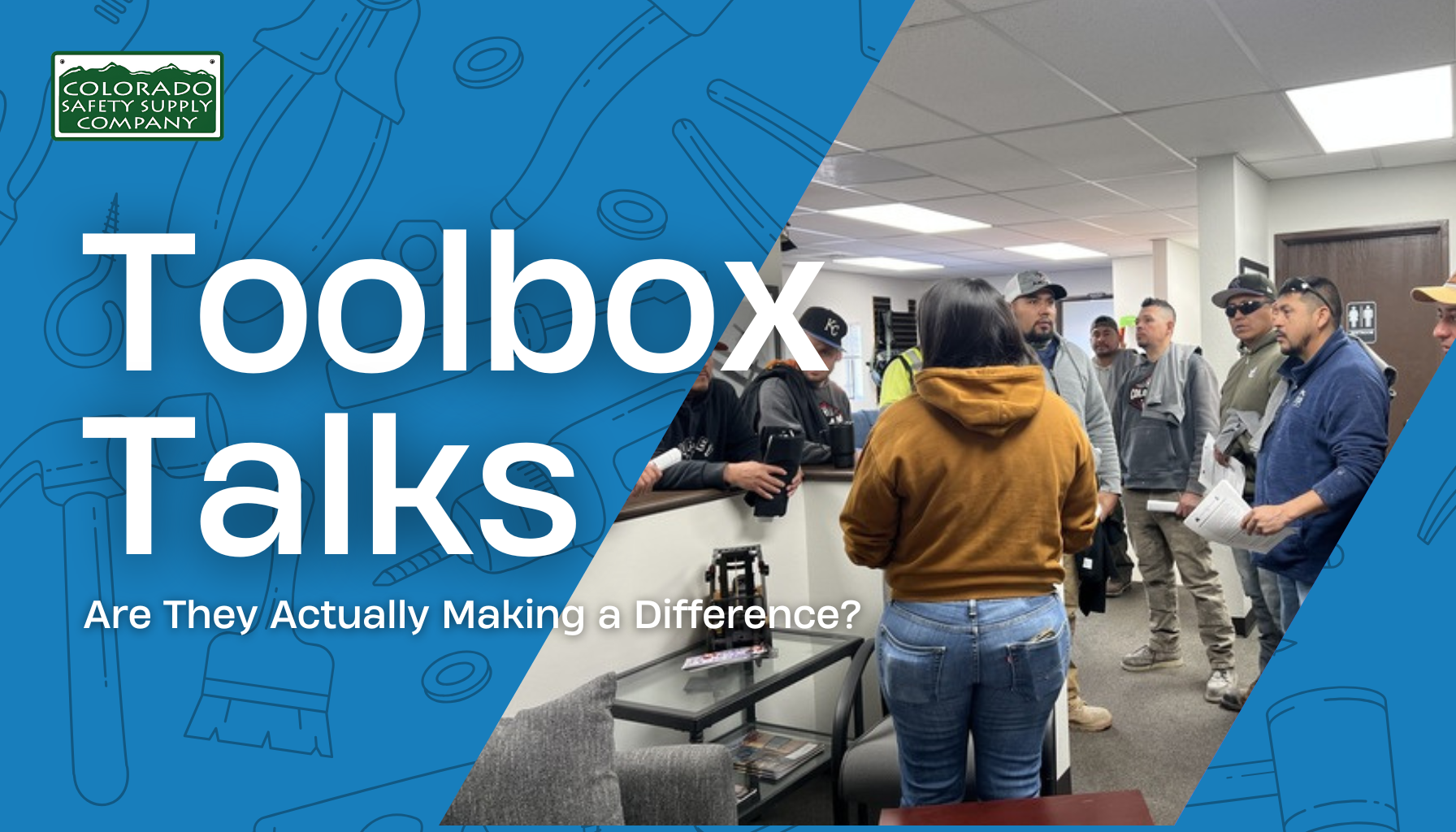Let’s be honest. How often do your safety meetings feel like routine rituals instead of real conversations?
We’ve all seen it: the rushed toolbox talk at the start of the shift, a quick checklist, maybe a nod here or there, and then back to work. But here’s the hard truth: just going through the motions isn’t enough. Safety isn’t about the clipboard or the sign-in sheet. It’s about connection, clarity, and culture.
Why Toolbox Talks Matter More Than You Think
Toolbox talks are more than just a regulatory checkbox. They’re your front line of defense. When done right, they can prevent accidents, reinforce your safety culture, and even save lives.
But when they become a bland monologue or a weekly afterthought, their purpose gets lost.
Imagine your crew actually engaging during your talks, asking questions, sharing concerns, even laughing a little. That’s not fluff. That’s team buy-in. And that’s when the magic happens.
So, What Makes a Good Toolbox Talk?
Here’s what the best ones have in common:
-
They’re Relevant: Talk about what’s happening today. New equipment? A change in weather? A close call last week? Address it.
-
They’re Short but Impactful: Nobody wants a 30-minute lecture. 5 to 10 minutes, tops, with a clear point.
-
They’re Two-Way: Ask questions. Encourage input. Let your team feel heard.
-
They’re Routine but Never Boring: Consistency is key, but that doesn’t mean they can’t be engaging. Mix up the format. Use visuals. Share real stories.
Real Safety Starts with Real Conversations
Safety isn’t static. It evolves with every new project, every piece of equipment, every new team member. And that’s why toolbox talks should be part of your company’s rhythm, not just a weekly box to tick.
Here’s a challenge: next time you lead one, ask your team what they’d like to talk about. You might be surprised by what comes up and what that says about your safety culture.
Bottom Line: Toolbox Talks Aren’t Optional. They’re Opportunity.
If you treat them as just another task, your team will too. But if you treat them as a chance to connect, educate, and protect, that’s when they work.
So ask yourself: are your toolbox talks actually making a difference?















